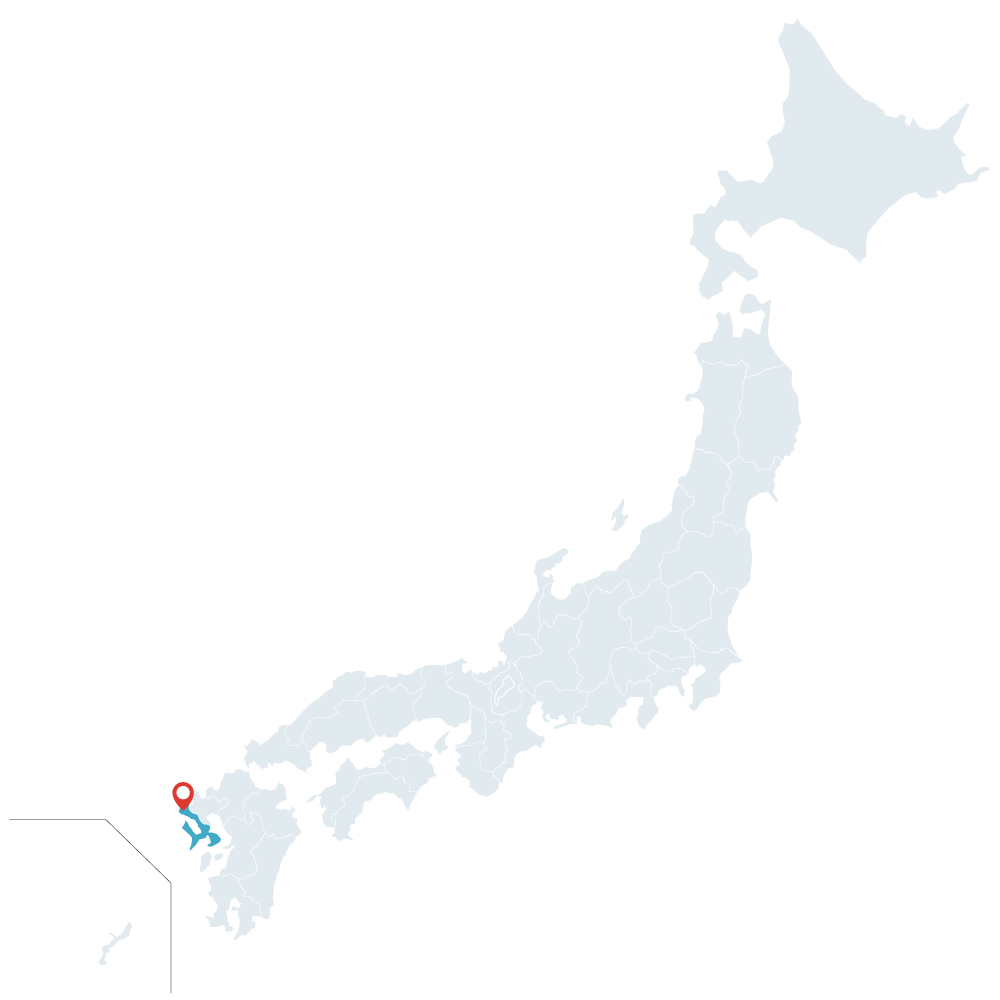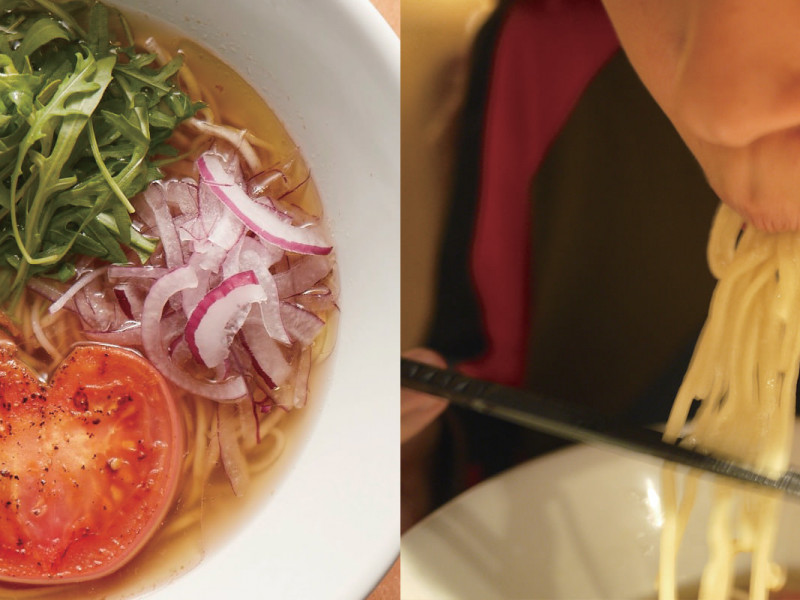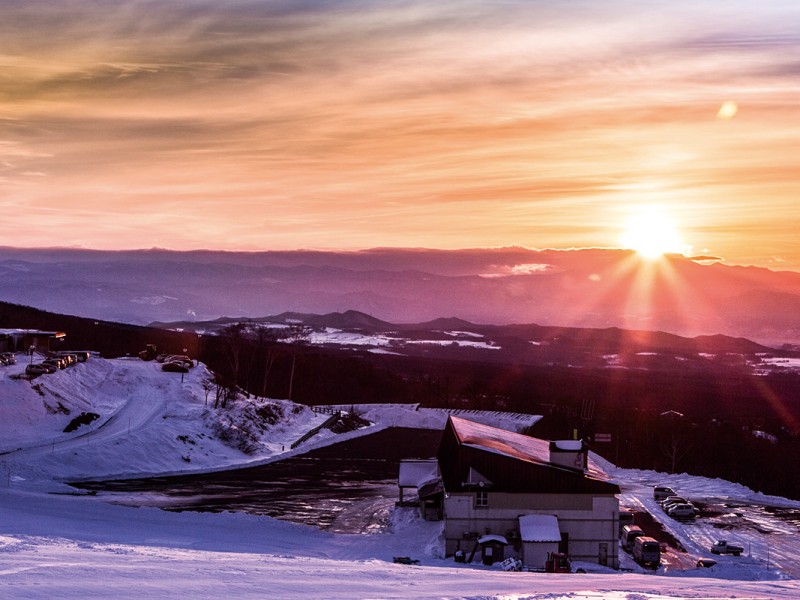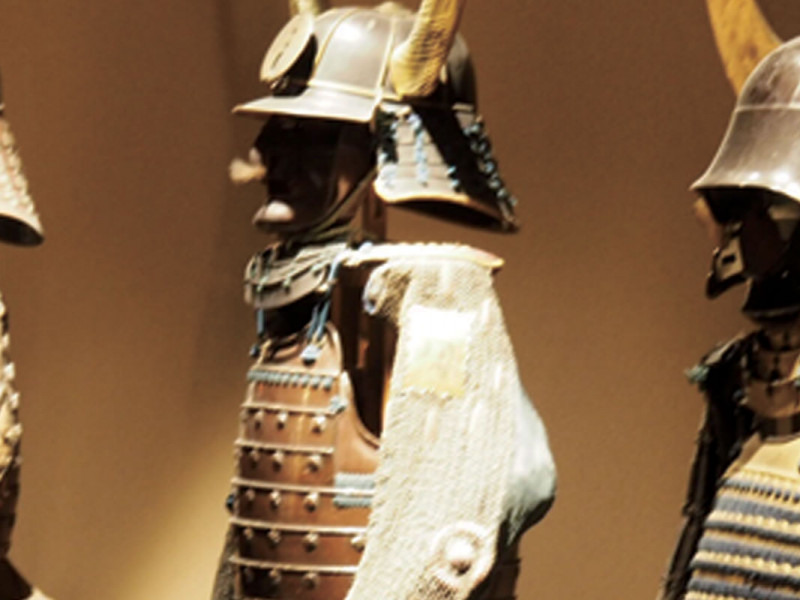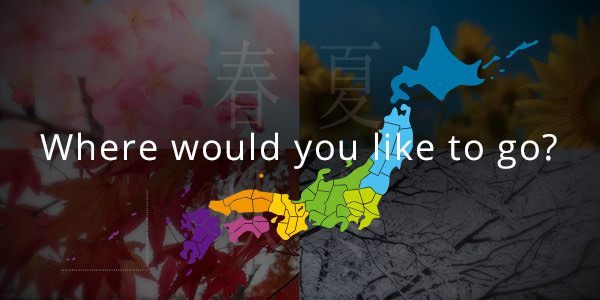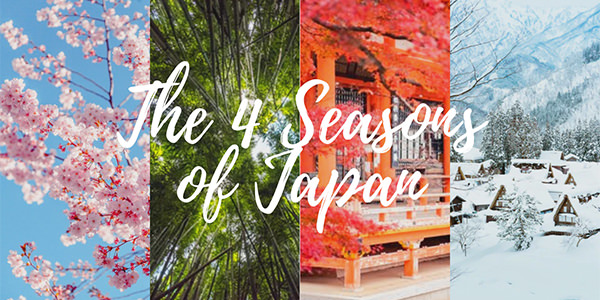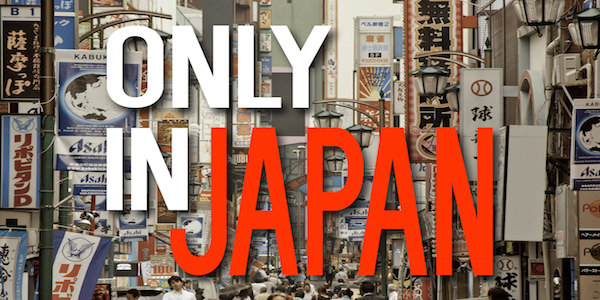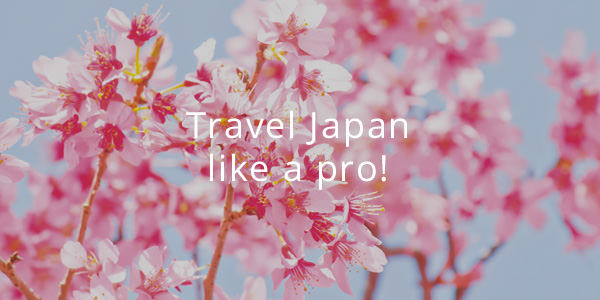A scenic port city with a history that’s as fascinating and moving as it is diverse, Nagasaki city is a Japanese city like no other. From hidden Christian cultural relics, devastating museums to densely populated mining islands, European style architecture, modern charms, and one of the most gorgeous night views in the country and the world, a single list of highlights of what to do in Nagasaki wouldn’t do the city justice, but we’ll try!
Gunkanjima
The development, history and legacy of Gunkanjima are some of the most fascinating parts of Japan’s modern industrial evolution and well worth exploring if you’re in Nagasaki. Gunkanjima is a small, island located around 20 kilometres from Nagasaki’s port for those uninitiated. Today it’s abandoned and largely falling into ruins. However, up until 1974, this island was a coal mine and was inhabited by a population of 5,000, which given its 480-meter long, 160-meter wide size, made it the most densely populated location in the world. It’s a record the island still holds. It was also recognised as a UNESCO World Heritage Site in 2015.
In the 1800s, coal was first discovered on Gunkanjima, and by the late 1800s, it was being mined. Not long after the start of the mining, Mitsubishi Corporation bought the island and set up the mining society for which it’s known. During its heyday, the island was a fully functioning society, with miners, managers, doctors, teachers and families of those who worked on Gunkanjima living there too. Half of Gunkanjima was dedicated to coal mining and the other residential life. The island looks like a battleship from a distance, hence the name “Gunkanjima”, which in Japanese means “battleship island.” The official name of the island is Hashima.
After the mass departure of its residents in 1974, Gunkanjima was left to the elements. Ocean winds, waves, typhoons and the general wear and tear of being exposed to the elements meant that the island deteriorated, and most folks could only view it from sightseeing cruises. In 2009 a viewing dock was built, allowing visitors to actually set foot on the islands – safely – and get a better idea of what this ghost of a Nagasaki landmark once was.
To explore the island up close, sign up for a Gunkanjima Concierge cruise landing tour which includes a cruise to and around the island and a walking tour on the dock. It is worth noting that due to weather conditions, sometimes the cruise isn’t able to land on the island, but still seeing it from the ship deck is a fascinating and insightful experience.
Gunkanjima Digital Museum
Before visiting Gunkanjima, we highly recommend putting aside at least 50 minutes (to an hour) to explore the innovative Gunkanjima Digital Museum. The museum offers in-depth insight into the evolution and history of Gunkanjima. Combining high-tech innovations like VR with life-size replicas and modern displays, the museum showcases life on the island in a fun, immersive, and deeply informative way.
Another key highlight of a visit to the museum is that some of the folks that work at the museum were also once residents of the island! The displays are spread across three floors in total, with the first floor of the museum (second floor of the facility) offering a broader overview of the island’s history and subsequent displays showcasing more in-depth aspects. The benefit of exploring the museum – especially the VR section – is that if bad weather does impact your ability to land on the island during your tour, this exhibit offers an up-close look at how the island looks today.
Nagasaki Atomic Bomb Museum and Nagasaki Hypocenter Park
For many western travellers, Nagasaki is best known for being the site of one of two atomic bombs dropped on Japan during World War II (the other site being Hiroshima). On August 9th, 1945, the U American B-29 bomber, Bock’s Car, dropped a bomb known as ‘Fat Man’ over the Matsuyama area of Nagasaki city. Doing so, they absolutely obliterated everything within a two and a half kilometre radius, killing 74,000, severely injuring another 75,000 people and redefining the city’s legacy forever.
At the Nagasaki Atomic Bomb Museum, you can learn all about the events that led up to the bombing, the make up of the atomic bomb itself and understand just how the city was rebuilt. However, the most important part would have to be the retelling of the survivors, both from the immediate scene and the years and decades that followed. While you can read about dates and politics in the history books, it’s not until you understand the human cost of war that you can fully understand its impact.
Nearby sits the Nagasaki Hypocenter Park, a tranquil park commemorating the atomic bombing of Nagasaki. Here you can see the ground that was irradiated and the remains of the destroyed Urakami Cathedral.
Nagasaki Dejima Wharf and Dejima
Near impossible to miss, Dejima Wharf is the centrepiece of modern Nagasaki city. This scenic wharf area is home to ocean landscapes, mountain views, shopping, and a wide-open deck great for strolling, shopping, eating and lazing about.
Right by the scenic Dejima Wharf sits Dejima, the area from which the wharf gets its name. The site was constructed in 1636 and was designed to separate Portuguese residents from the Japanese population.
The Portuguese were later expelled from Japan. The Dutch Trading Post, once located in Hirado, was moved to an area where they remained as the only westerners allowed in the country during Japan’s two centuries of isolation. Today it remains a well-preserved and restored historical hub of the early 19th century, where visitors can learn about the history and legacy of the region.
Glover Garden
Part open-air museum, part public garden, Glover Garden is a picture-perfect example of the city’s deep international history. As one of Japan’s key port cities, Nagasaki, was home to many Western merchants who settled here following Japan’s era of seclusion in the 19th century.
The garden is home to an exhibition of mansions that were once owned and lived in by the city’s former foreign residents. Thomas Glover (1838-1911), for whom the garden is named after, was a Scottish merchant who moved to Nagasaki in 1859. He later helped Japanese revolutionaries overthrow the Tokugawa Shogunate in the Meiji Restoration. There are nine houses on the site and meticulously maintained western-style gardens offering excellent ocean views. So even if you’re not a massive history buff, you’ll surely appreciate the landscape.
Oura Cathedral
Nagasaki is also known for its fascinating ‘hidden Christian’ history, a time during the 1500s when worshippers of Christianity had to hide their practices from the government or risk execution. Oura Cathedral is a relic of this history. Built in 1864 by a French missionary for the growing community of foreign merchants in the city, it was designed to also be a dedication to the legacy of the 26 Christians who were executed in Nagasaki in 1597. A great example of contemporary European architecture is considered the oldest standing Christian church in Japan.
The night view of Mt. Inasa
The most idyllic way to wrap up a day exploring Nagasaki is by heading to the top of Mt. Inasa to take in the glittering city lights after dark. This view is so spectacular it’s been designated as one of Japan’s three best night views (along with Mt Hakodate in Hokkaido and Mt Rokko in Kobe). Looking beyond Japan, the view from a top of Mt. Inasa is one of the “New Three Cities with the Most Spectacular Night Views in the World” alongside Shanghai and Monaco.
To see – and judge – for yourself, be sure to put aside an evening and head on over to the 333-meter-high mountain viewing platform. The 360-degree panoramic view allows you to witness the sunset over the water on one side while watching the city come alive after dark on the other, a perfect balance.
Inasayama Restaurant ITADAKI
If you want to spend a little extra time taking in the excellent views of Mt Inasa, then grab a table at Inasayama Restaurant ITADAKI. The restaurant serves cuisine that’s the embodiment of Nagasaki culture, a combination of international influence using fresh, delicious, largely local ingredients showcasing the natural gifts of Nagasaki. With glass panels looking out onto the cityscape, it’s the perfect spot for a casual drink, scenic lunch, or long leisurely, romantic dinner.
*The areas and facilities featured in this article have been following measures to prevent the spread of COVID-19. This was also carried by taking extra precautionary measures to prevent the spread of COVID-19.
Visit the following link for more information.
Words: Lucy Dayman
Area Information
NAGASAKI CITY
This beautiful international port city has played a significant role in connecting Japan to the rest of the world. The must-sees of Nagasaki is a visit to the Nagasaki Atomic Bomb Museum, a UNESCO World Heritage Site, and an open-air museum of historic western-style houses, which allows for a stunning view of Nagasaki Harbour. Along with Monaco and Shanghai, Nagasaki is regarded as the “New Three Cities with the Most Spectacular Night Views in the World”. The observation deck tower on top of Mt. Inasa offers an outdoor 360-degree panoramic sight of the most beautiful and colourful night lights you have ever laid eyes on. This ‘10-Million-Dollar Night View’ is a perfect way to end your adventure with magical scenery that will leave you speechless.
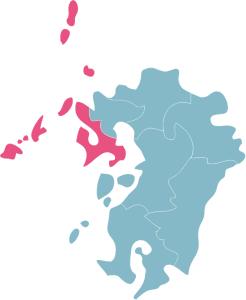
Spot List
A museum where you can explore the Gunkanjima's prohibited area with projection mapping exhibit and VR experience. It also showcases life on the island in a fun, immersive, and deeply informative way.
Phone: 81-95-895-5000Address: 5-6 Matsugaemachi, Nagasaki City, Nagasaki Prefecture 850-0921
Web: https://www.gunkanjima-museum.jp/data/en
Recognised as the UNESCO World Heritage Site, Gunkanjima an abandoned island located around 20 kilometres from Nagasaki's port. It was once the most densely populated place with the flourish of coal mining.
Phone: 81-95-829-1314Address: Hashima island, Takashimamashi, Nagasaki City, Nagasaki Prefecture 851-1315
Web: https://www.gunkanjima-concierge.com/en/plan_joriku
Designated as a National Historic Site in 1911, this is an open-air historical museum where you can learn about the Portuguese/ Dutch trading era during Japan's 200 years of isolation.
Phone: 81-95-821-7200Address: 6-1 Dejima Town, Nagasaki City, Nagasaki Prefecture 850-0862
Web: https://nagasakidejima.jp/english
A modern harbourside complex with various restaurants and bars. It's a great place to take a stroll along the wharf while admiring the view of the passers-by and the ships.
Phone: 81-95-828-3939Address: 1-1-109, Dejima Town, Nagasaki City, Nagasaki Prefecture 850-0862
Web: http://dejimawharf.com/en
An open air museum displaying western-style mansions, which were once owned by the foreign merchants. You can take a pleasant stroll and enjoy the fantastic views over the harbour and city.
Phone: 81-95-822-8223Address: 8-1 Minamiyamate Town, Nagasaki City, Nagasaki Prefecture 850-0931
Web: http://www.glover-garden.jp
Oura Cathedral is recognised as one of UNESCO's World Heritage Sites as part of the "Hidden Christian Sites of the Nagasaki and Amakusa Region". It's also the oldest church in Japan.
Phone: 81-95-825-5175Address: 5-3 Minami Yamate Town. Nagasaki City, Nagasaki Prefecture 850-0931
Web: https://travel.at-nagasaki.jp/en/what-to-see/8
Selected as the "New Three Cities with the Most Spectacular Night Views in the World", the 333-meter-high mountain observatory deck offers a breathtaking 360-degree panoramic night view.
Phone: 81-95-861-7742Address: Fuchi-machi, Nagasaki City, Nagasaki Prefecture 852-8012
Web: https://travel.at-nagasaki.jp/en/what-to-see/36
A stunning view of the city from Mt. Inasa while dining on Nagasaki's finest ingredients. It offers a variety of seating options, including a table, counter, box, pair and private rooms.
Phone: 81-50-3317-0100Address: 364 Inasa-machi, Nagasaki City, Nagasaki Prefecture 852-8011
Web: https://www.inasayama.com/itadaki
A fantastic exhibition which shows the horrors and devastation of war and the atomic bomb. It features the stories of survivors, both from the immediate scene and the decades that followed.
Phone: 81-95-844-1231Address: 7-8 Hirano-machi, Nagasaki City, Nagasaki Prefecture 852-8117
Web: https://nabmuseum.jp
The cenotaph stands where the atomic bomb exploded over the city of Nagasaki. It has the piece of the Urakami Cathedral, which survived the bombing and the ground that was irradiated.
Phone: 81-95-822-8888Address: Matsuyama Town, Nagasaki City, Nagasaki Prefecture 852-8118
Web: https://travel.at-nagasaki.jp/en/what-to-see/32

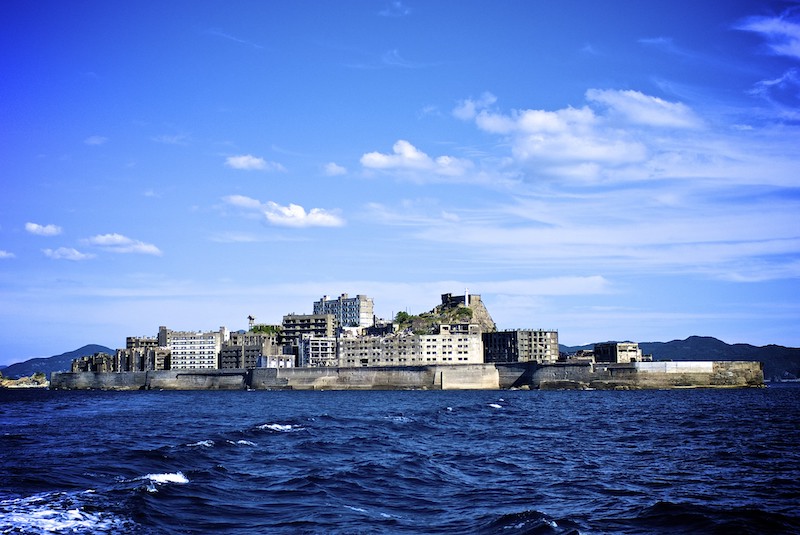
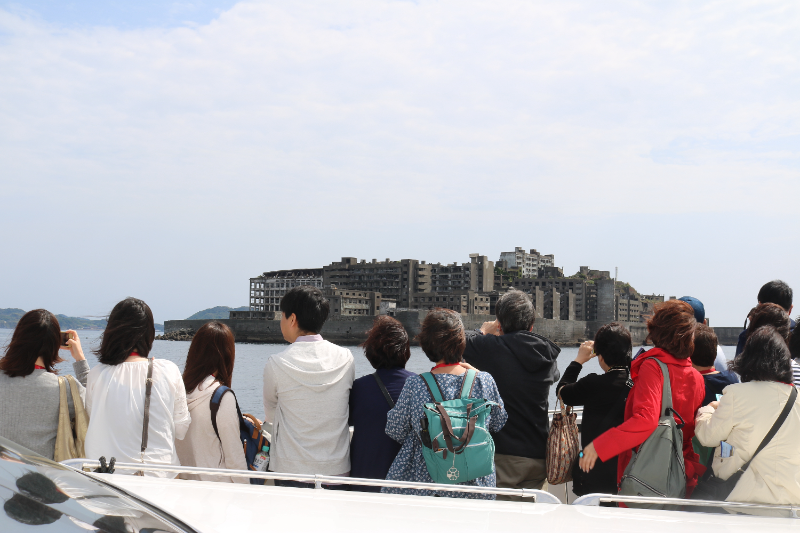
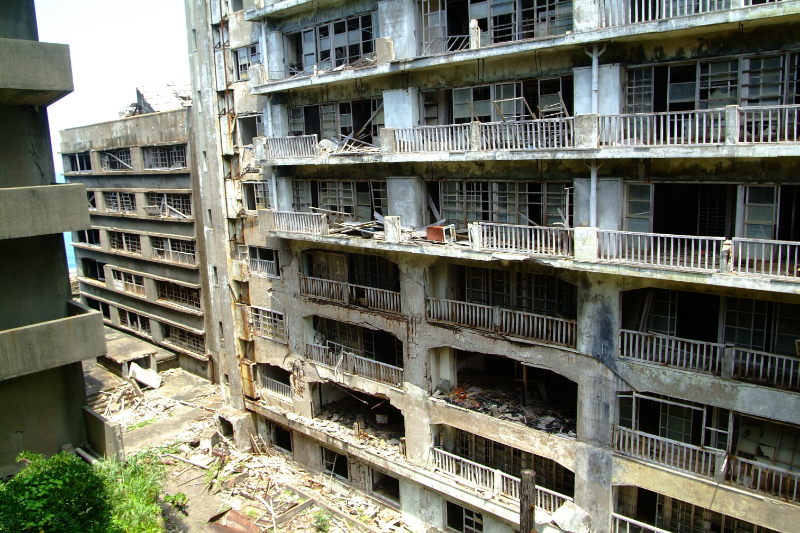

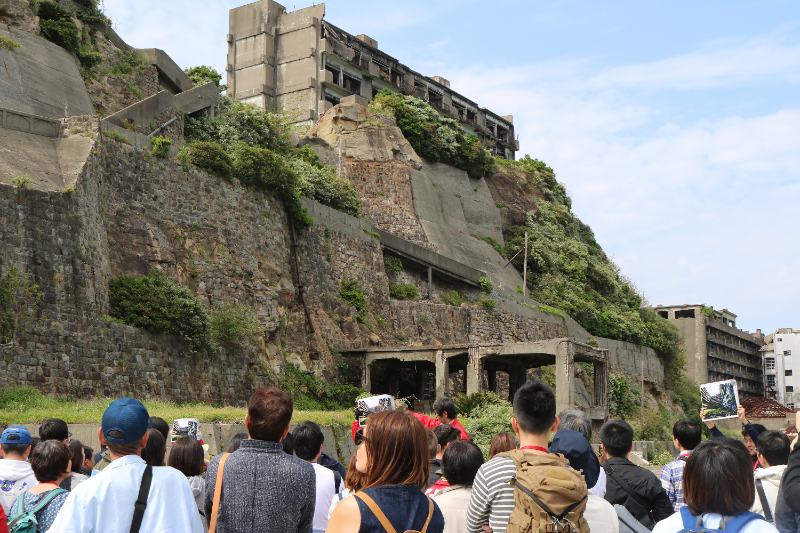

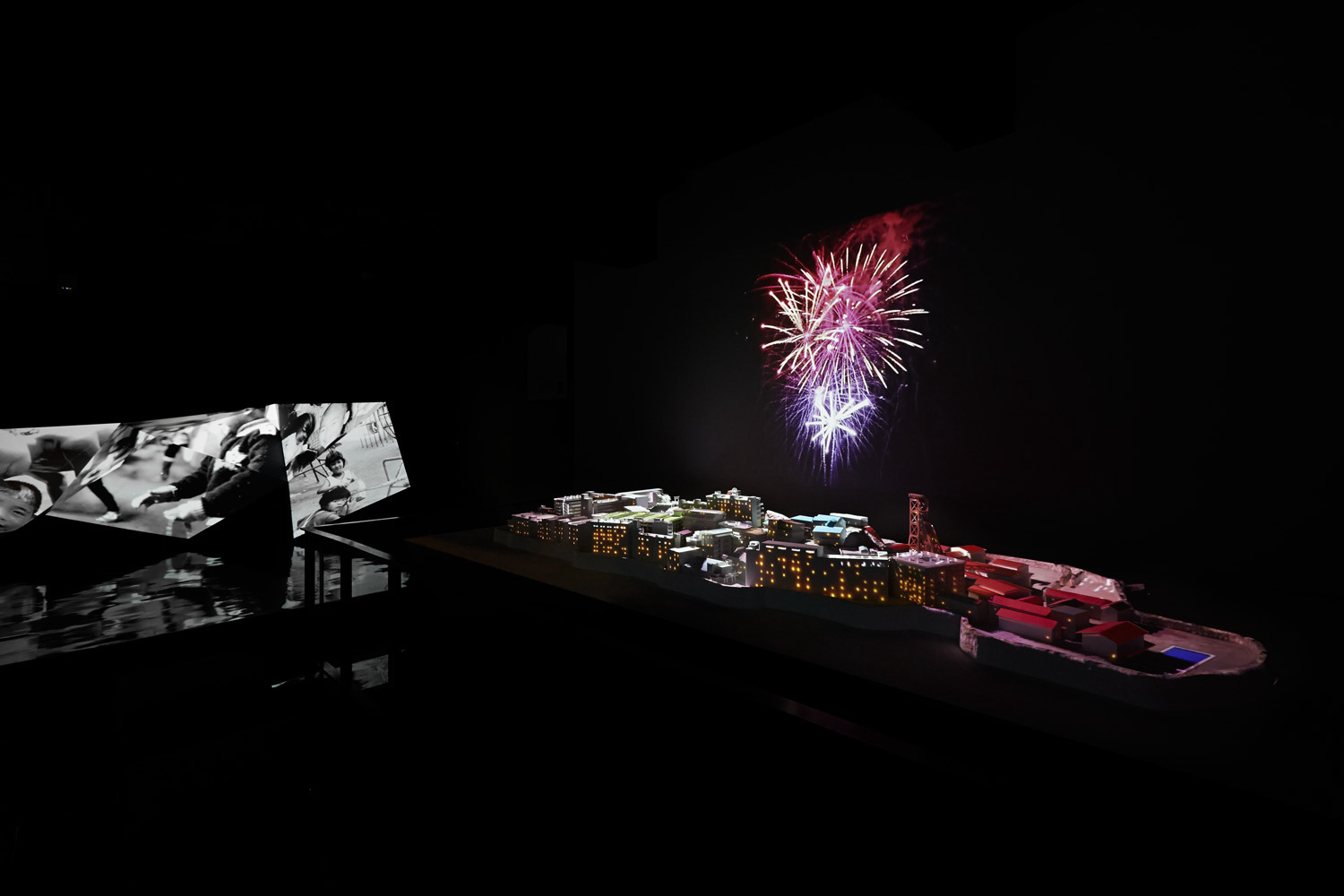

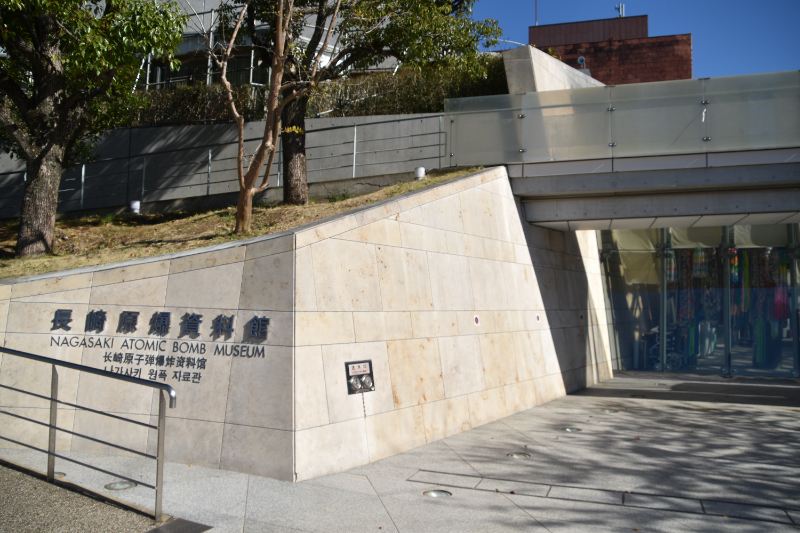
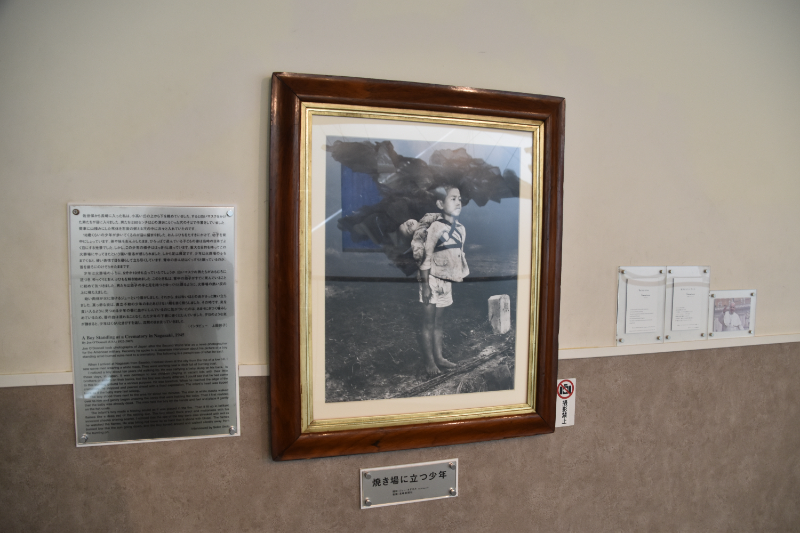
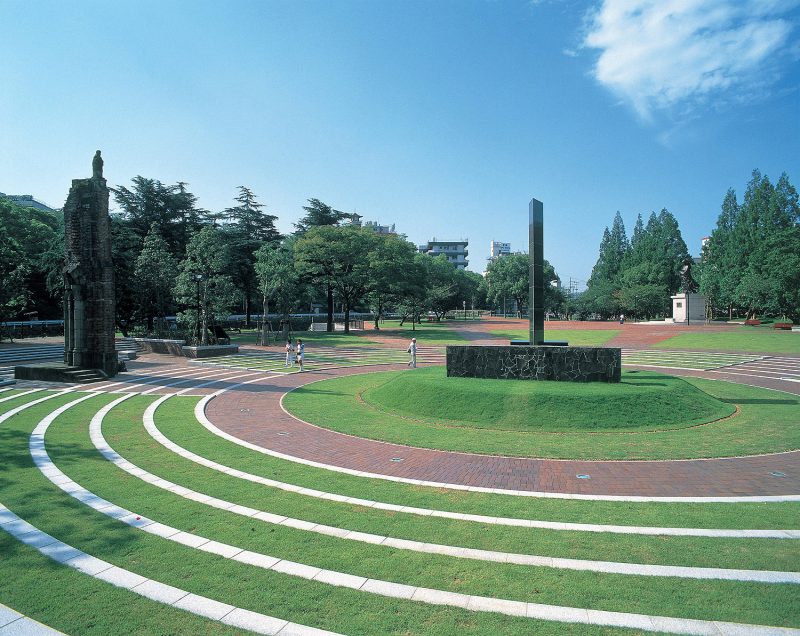
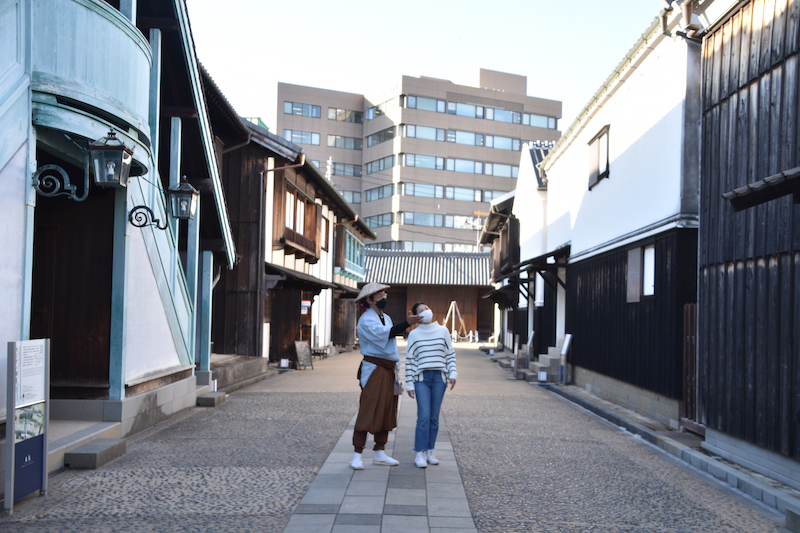
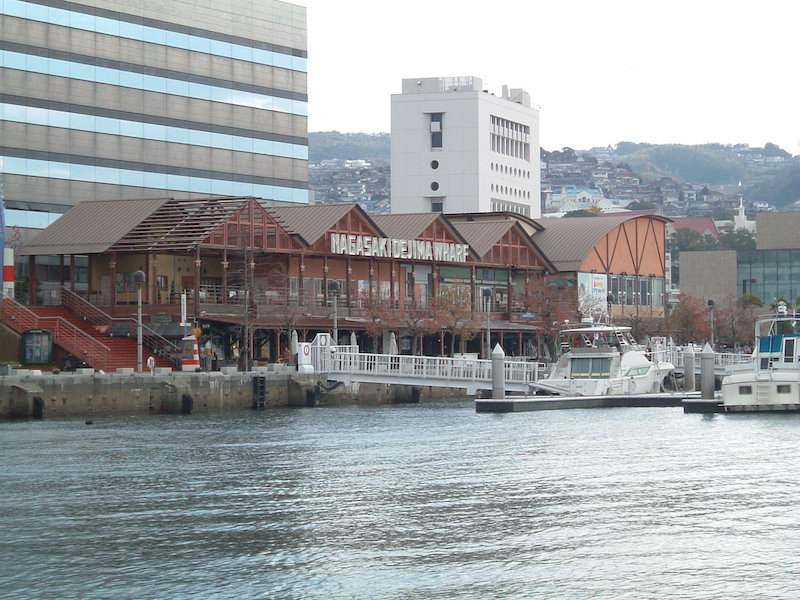







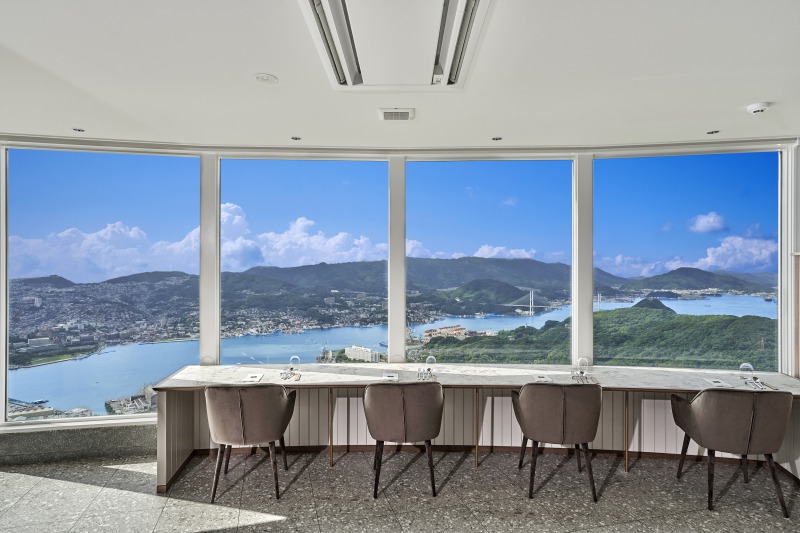

 | Temperature: 28
| Temperature: 28